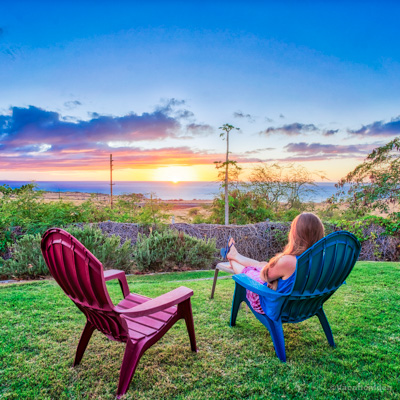Places to Visit in Wyoming

Searching for the best places to visit in Wyoming? Well, you are in the right place! My first trip to Wyoming was decades ago, and it was all for the chance to see Old Faithful. I landed at Jackson Hole Airport with my husband, where we rented a car and spent our first night at The Wort Hotel in Jackson. The next day, we drove through Grand Teton National Park before continuing on to Yellowstone.
That evening, watching Old Faithful erupt under the stars and then falling asleep at the historic Old Faithful Inn became one of the most unforgettable moments of my life. That’s what The Equality State is like, it surprises you with new adventures at every turn! It’s why I’ll keep going back whenever I can. I hope you, too, find the perfect places for your own getaway.
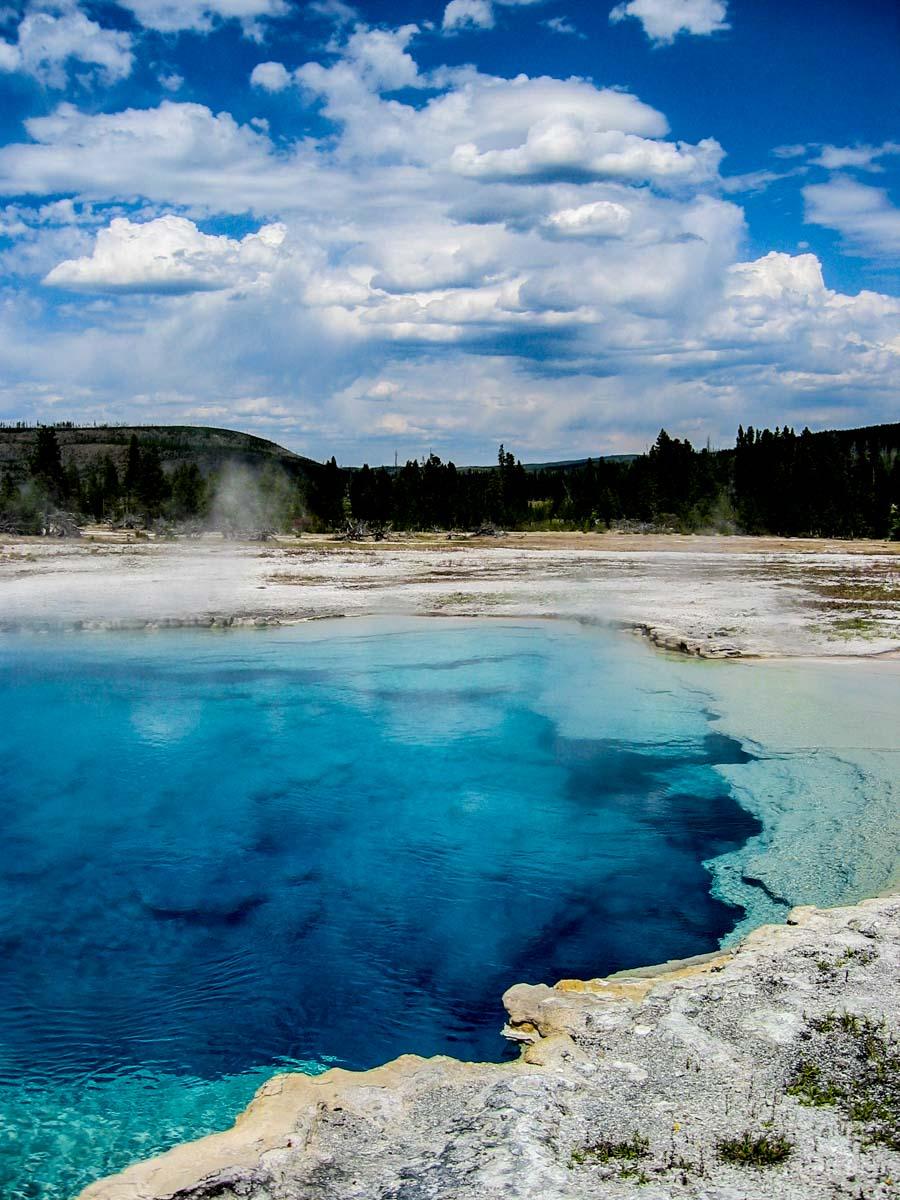
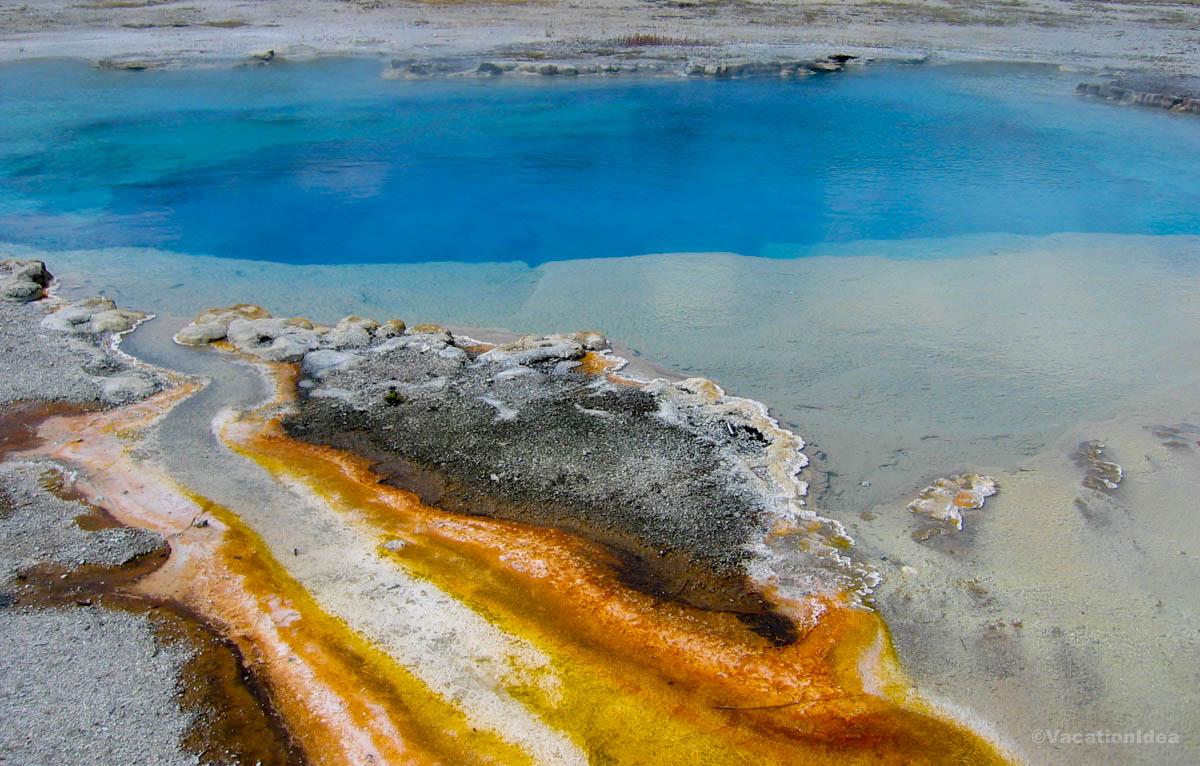
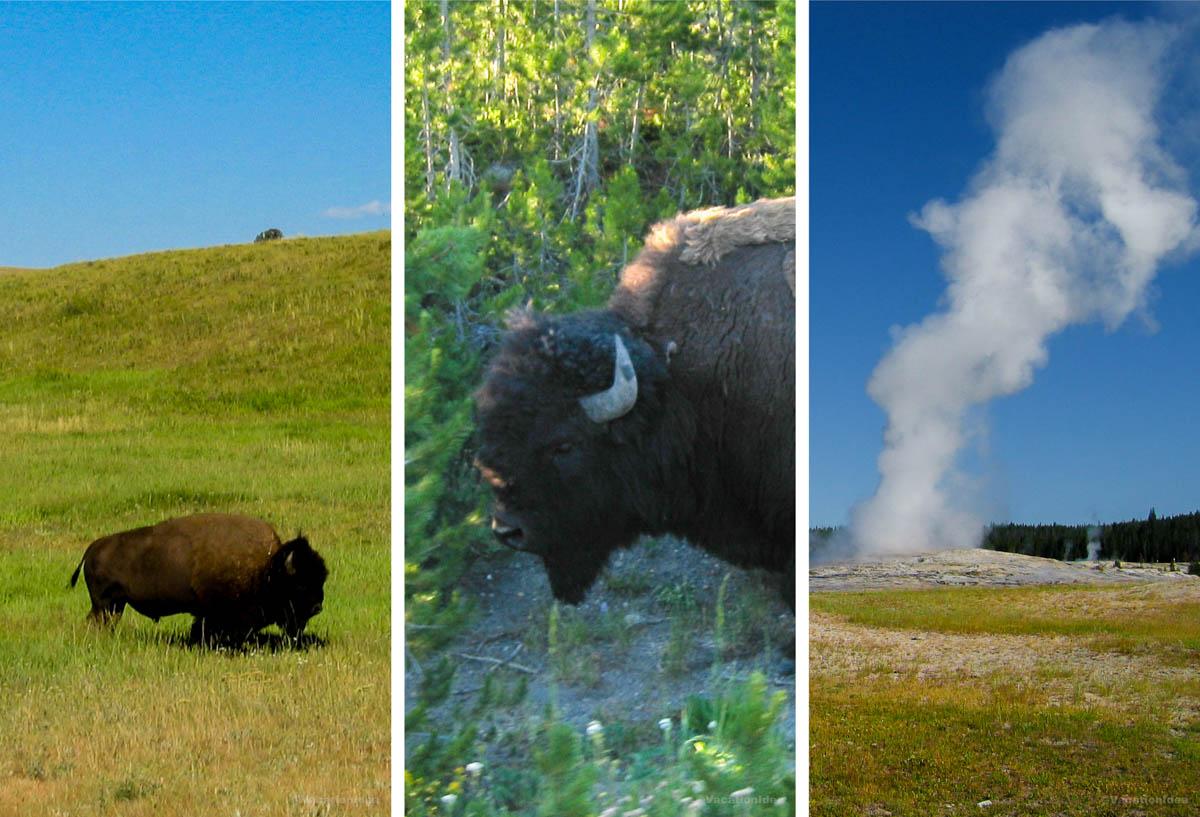
1. Yellowstone National Park
I always suggest getting an early start when you’re on vacation. This is especially true in the summer. As a ranger in Yellowstone told me once, "do as the animals do". You don't see much wildlife when the sun is punishing with its heat. Animals come out to eat and drink early in the morning. Sleep can wait until you get home!
Yellowstone, nicknamed "Wonderland", felt like the Earth showing off, geysers hissing, bison grazing in the distance, and waterfalls crashing over cliffs older than memory. Walking along the boardwalk at Grand Prismatic, I was in awe of the surreal colors rising in steam.
I remember thinking, "This isn’t just a park... this is a living planet, breathing beneath my feet." Every turn brought something new: a herd of elk, a boiling spring, a sudden hush in the forest. "Wonderland" reminded me how small and lucky we are to witness it.
My highlight was a hearty lunch at Old Faithful Inn Dining Room. It was buzzing with visitors who were excited to witness an Old Faithful eruption. I had the bison meatloaf with mashed potatoes and huckleberry sauce.
- Location: Northwestern United States, primarily in Wyoming with areas extending into Montana and Idaho
- Location: Map & Directions
What I loved best:
Sitting beside Yellowstone Lake at dusk, the air crisp and quiet, and watching the sky stretch wide over water that looked like glass.
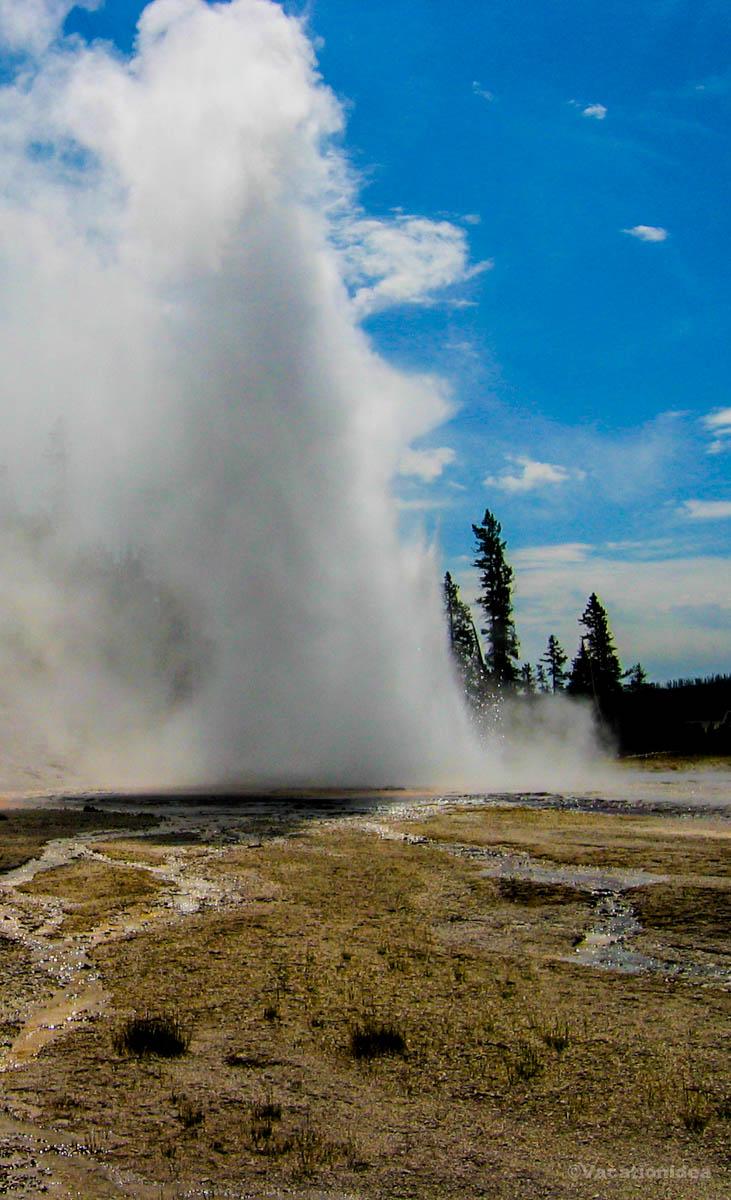

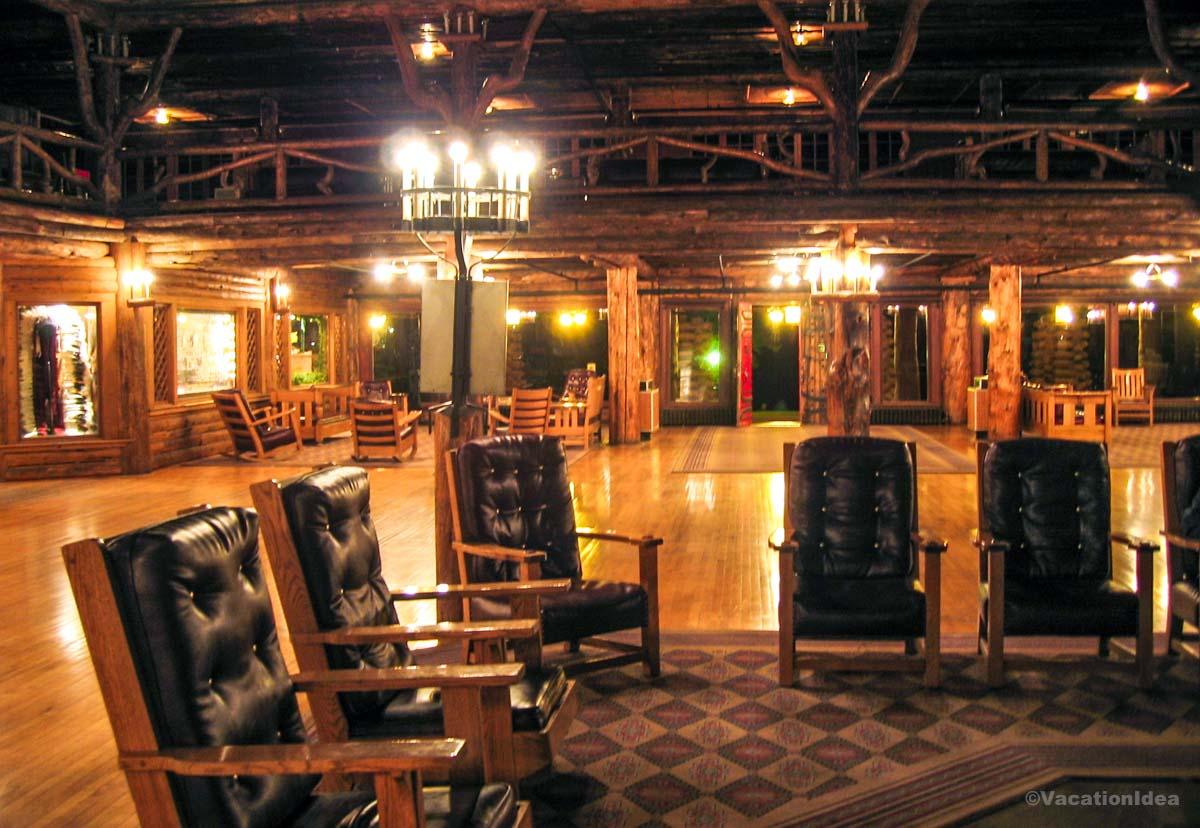
2. Relaxing at Old Faithful Inn
As I mentioned in my intro, we watched the Old Faithful geyser late into the night and spent the night at Old Faithful Inn.
- Location: Map & Directions
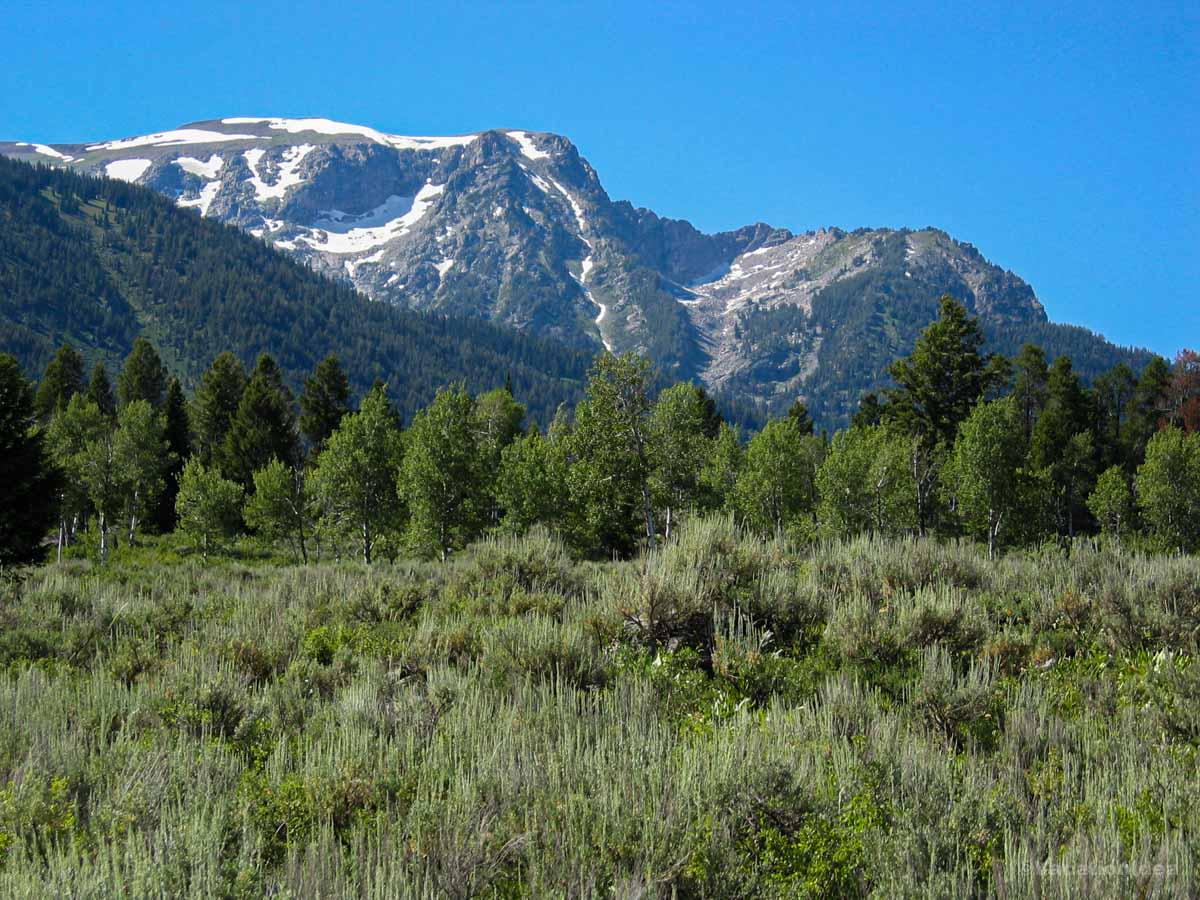
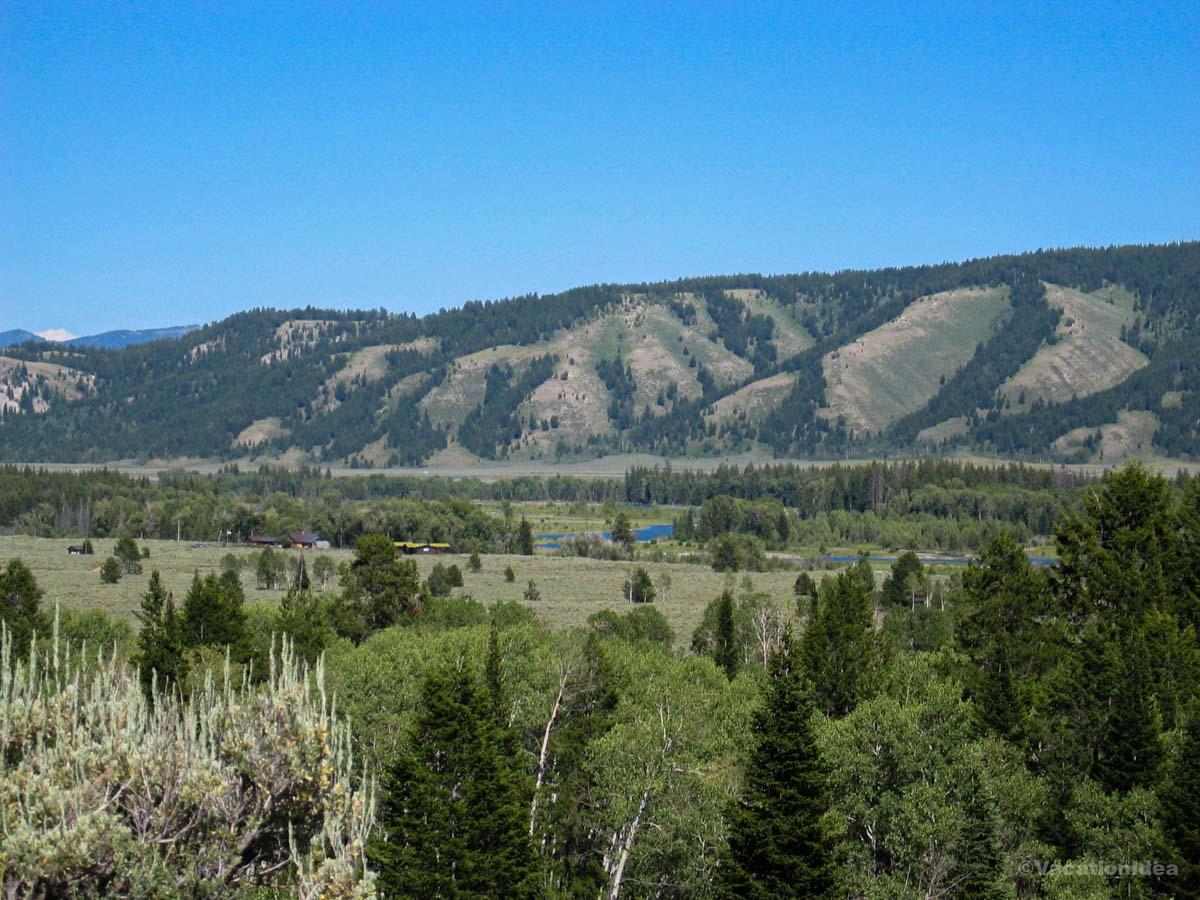
3. Jackson Hole Valley
This place was all wide valleys and wild soul. The Tetons sliced into the sky like a painting come to life, and the whole town carried a cool, Western ease. Walking through downtown Jackson, I felt suspended between a frontier past and a mountain-sport present.
It wasn’t just the scenery, it was the feeling that adventure was always just around the bend that completely won me over.
You can enjoy a boat ride across Jenny Lake, take the tram at Teton Village up to sweeping overlooks, or stroll through downtown shops and art galleries.
When I hiked the Hidden Falls trail (see my photos, free entry with park admission), I felt both small and exhilarated. The sound of rushing water grew louder until the falls appeared, cascading with a strength that made us linger, letting the mist cool our faces.
- Location: Northwestern Wyoming, in the Teton Range near the town of Jackson
- Location: Map & Directions
What I loved best:
Snake River Grill on the Town Square. Their elk medallions came perfectly seared, rich, and earthy, a taste of the wild but presented with care. The cozy wood interior made it feel both rustic and warm.
The Cons: The beauty comes with popularity. Summer crowds can mean longer waits for meals and busy trailheads. You’ll want to plan ahead and start your hikes early in the day.

4. Spring Creek Ranch
We drove up a winding road from Jackson, climbing higher until the town fell away below us. It only took about ten minutes, but when we pulled into the ranch, it felt like we had entered another world. The Tetons stood across the valley in full view, their jagged peaks cut against the sky.
I chose Spring Creek Ranch for five nights for its vantage point, and from the moment I opened the door to our suite, the air smelled different, thinner, cooler, carrying sage and pine. A stone fireplace anchored the living room, and the balcony stretched toward the mountains. I stood outside and thought, “This is what it feels like to perch on the edge of a painting.”
Spring Creek Ranch is designed for travelers who want the best blend of wilderness and comfort. The accommodations range from hotel-style rooms to spacious townhomes and mountain villas, making it one of the best options for families, couples, or groups.
You get to wake up to sunrise over the Tetons, watch moose graze in the valley below, or book a horseback ride along the ranch’s trails. Families can take the shuttle into Jackson for shopping and art galleries, then return here for stargazing without the noise of town.
What I loved best:
Dinner at The Granary Restaurant, right on the property. The windows stretched floor to ceiling, framing the Tetons as dusk softened the peaks. The room smelled of roasting meats and fresh herbs, and I ordered the trout almondine. It arrived perfectly crisped, buttery with a hint of lemon, and the first bite carried the freshness of the mountain streams nearby. My husband’s elk tenderloin was smoky and rich, paired with potatoes that soaked up the savory sauce. It was a meal that matched the view, bold, grounding, unforgettable.
The Cons: Because Spring Creek Ranch is set on a hill above town, you need to drive down for most activities and restaurants. The road can feel long at night, so you should plan ahead if you want to explore downtown after dinner.
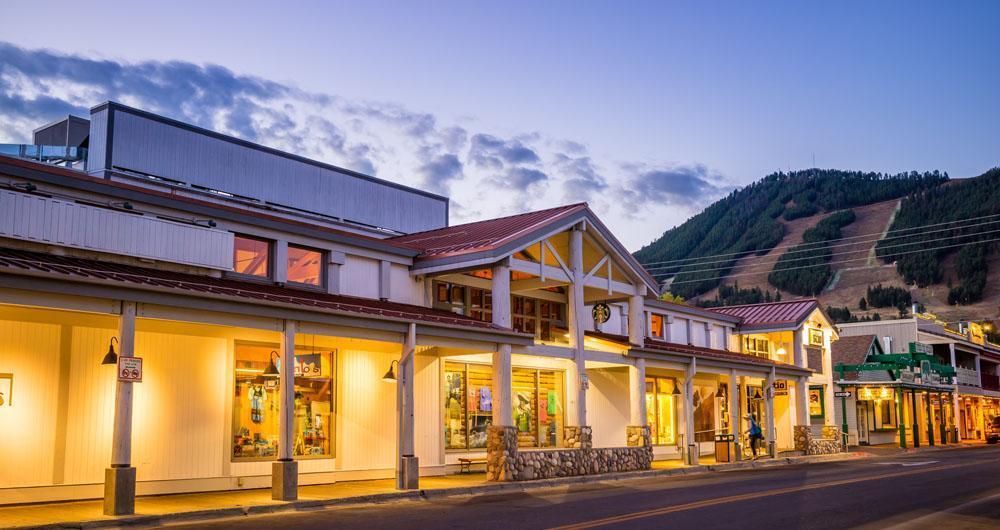
5. The Wort Hotel in Jackson
If you want one of the best small-town mountain vacations in Wyoming, you can’t skip this town which has the perfect mix of Old West charm and modern adventure, making it one of the best bases for exploring Grand Teton and Yellowstone National Parks.
Downtown Jackson is packed with art galleries, western shops, and some of the best restaurants in the region. The iconic elk antler arches in the town square make for the best photo op (see my picture), and if you visit in winter, Jackson transforms into one of the best ski towns in the Rockies.
Inside The Wort Hotel, I felt folded into Jackson’s past. The lobby glowed with polished wood and western paintings, and I could almost hear the echoes of old cowboy stories as I sank into a leather armchair. My room carried that same sense of western elegance, heavy with carved details and thick blankets that felt like they belonged in a mountain lodge.
What I loved best:
Dinner at the hotel’s Silver Dollar Bar & Grill. The room smelled of seared steak and smoky sauces, the sound of a local band filling the space. My ribeye came with potatoes crisped just right, and the flavor was deep, charred, and comforting. It felt like the perfect start to Jackson, classic, full of history, and hearty enough to fuel the next day.
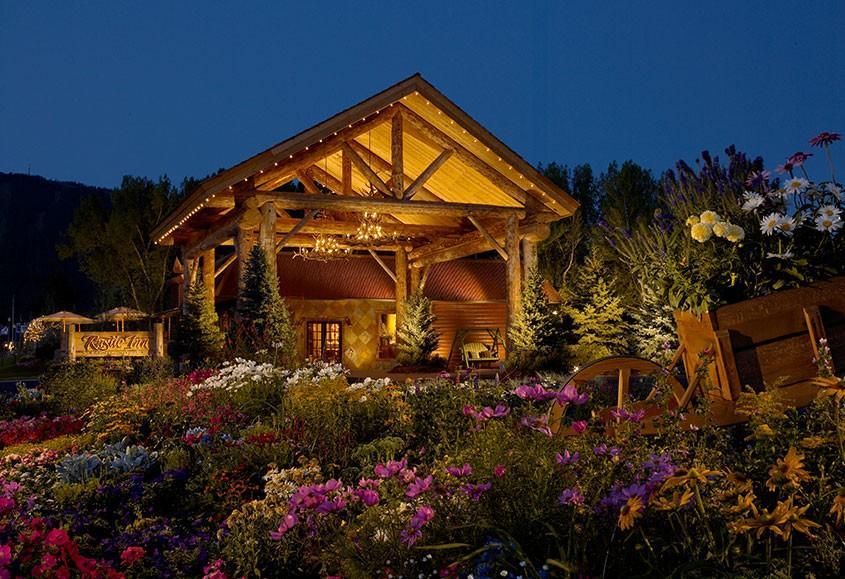
6. Rustic Inn Creekside Resort & Spa
My night here brought a different rhythm. The cabin-style suite opened right onto the creek, and at night the water whispered outside my window. In the morning, I followed a short trail to a bend where the Tetons reflected on the surface like a painting. My son tossed pebbles into the current, his laughter breaking the stillness. That quiet moment felt like Jackson distilled into peace.
For travelers who want one of the best combinations of rustic charm and modern comfort, I thought that the Rustic Inn Creekside Resort & Spa delivers in a big way!
Need a quick recommendation for a kid-friendly Wyoming vacation? If I had to choose just one, I’d say Rustic Inn Creekside Resort & Spa is the most family-friendly. The cabins, open space, and creekside setting give kids freedom while still keeping parents relaxed.
Check prices at Rustic Inn Creekside Resort & Spa.
What I loved best:
Dinner at the Rustic Inn Bistro. The scent of roasting game drifted through the dining room, and I chose the bison short ribs. They arrived tender and rich, paired with creamy mashed potatoes and roasted vegetables that carried just a hint of sweetness. It was the kind of meal that anchored me in the landscape, hearty, local, and unforgettable.
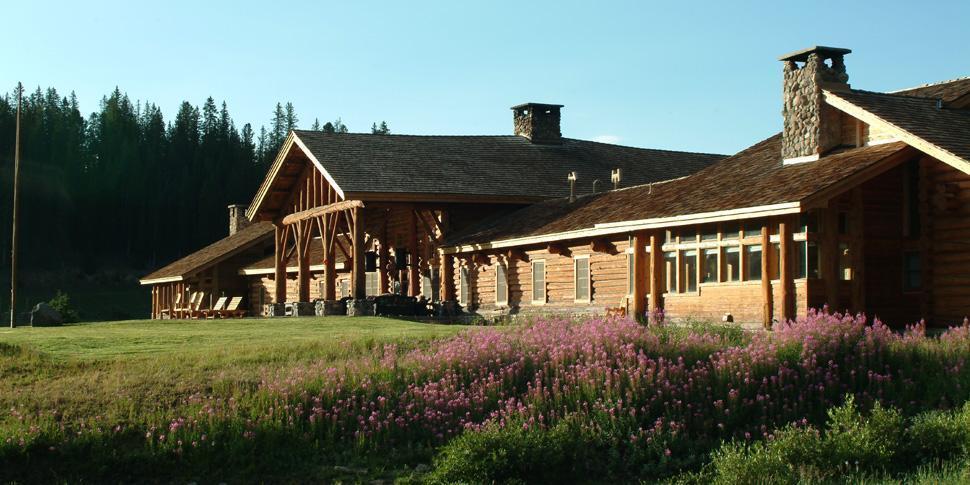
7. Brooks Lake Lodge
I discovered Brooks Lake Lodge and Spa to be a true hidden gem nestled deep in Wyoming’s Rockies, where every detail felt thoughtfully curated for an unforgettable getaway.
We drove about 1.5 hours from Jackson, WY. This historic retreat, built in 1922 and once known as the Two-Gwo-Tee Inn, balances rustic charm with refined luxury in the most elegant way—a perfect mix that instantly captured my heart.
Located at 9,200 feet in the serene Shoshone National Forest, the lodge sits amid sweeping mountain views that made me feel like I was stepping into a Western dream—so beautifully remote it truly felt like my favorite secret escape.
What made it my best all-inclusive experience? Gourmet meals, spa access, and guided activities like horseback riding, fishing, hiking, and snowmobiling were all included—plus the option for dogsledding when the snow deepened.
The accommodations were both cozy and elegant, from lodge rooms with handcrafted furnishings, goose-down comforters, and Wi-Fi, to private log cabins warmed by wood-burning stoves and complete with plush robes and claw-foot tubs—every detail felt luxurious and intimate.
I adored the sense of privacy as the lodge only welcomes fewer than 36 guests per night, making every moment feel personal and special.
My favorite moments included trail rides through alpine meadows, dinners in the grand Great Hall by glowing fireplaces, and unwinding at the Rocky Mountain Spa with a hot tub or sauna after a day of adventure—it truly felt like my best weekend escape.
Brooks Lake Lodge is the perfect romantic retreat or family getaway for anyone craving peace, luxury, and the wild beauty of the West—all wrapped into one unforgettable mountain experience.

8. Cody
We left Jackson Hole early in the morning, heading east toward this cool little town. The drive took about 4.5 hours, winding through mountain passes and open plains. The road traced the edge of Yellowstone, so the scenery kept shifting, jagged cliffs, wide valleys, and the kind of big sky that makes you roll down the window just to breathe it in.
My goal was simple: experience the spirit of the Old West, learn more about Buffalo Bill, and end the day with a hearty meal before resting in town.
Cody felt like a crossroads, history pressed close, yet the town was alive with rodeo posters and rustic storefronts. The Shoshone River cut nearby, carrying its own rhythm through the valley.
I walked through the Buffalo Bill Center of the West and thought, “This place doesn’t just tell stories, it keeps them alive.”
You can enjoy an evening at the Cody Nite Rodeo (June–August), wander through Old Trail Town with its authentic frontier buildings, or simply walk down Sheridan Avenue lined with shops and western saloons.
When I visited the Buffalo Bill Center of the West ($23 adult admission, kids $16), I felt immersed in the rugged past. The galleries stretched from Plains Indian history to western art, each room adding a layer to the story of the frontier. My son loved the interactive exhibits, and I found myself lingering longer than I expected.
- Location: Northwestern Wyoming, near the eastern entrance of Yellowstone National Park
- Location: Map & Directions
What I loved best:
Dinner at Wyoming Rib & Chop House. Their bison ribeye came tender, smoky, and perfectly grilled, the kind of meal that tasted like it belonged here. The atmosphere was casual but warm, filled with families and travelers swapping stories of the road.
The Cons: The town is small, so lodging can book quickly in summer. You should expect higher prices during peak season, and if you’re not into rodeo or western history, options feel a little limited.
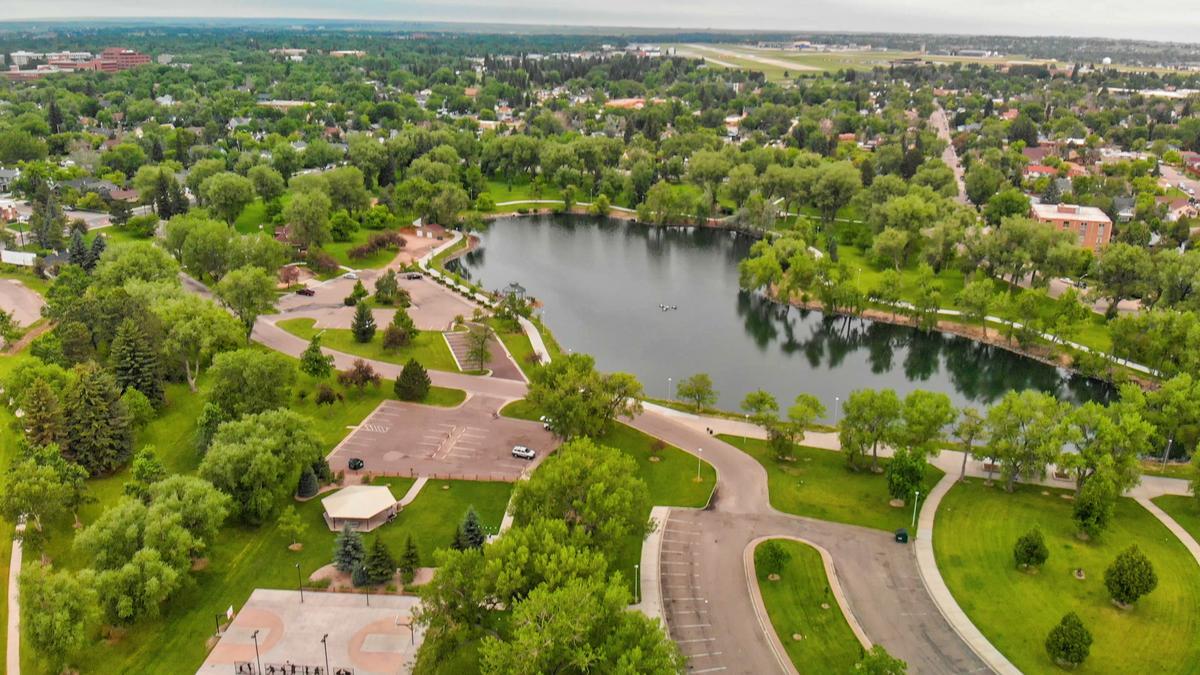
9. Cheyenne
We left Cody in the early morning, heading southeast toward this unique city. The drive stretched about 6 hours, crossing plains that seemed endless. The Tetons and Yellowstone mountains gave way to wide open skies, golden grasses, and the occasional herd of pronghorn. By the time we pulled into town, the sun was lower and the Wyoming state capital felt both historic and surprisingly quiet.
My plan for Cheyenne was to connect with its frontier past, see the historic landmarks, and settle into the rhythm of a town that once pulsed with railroads and cattle drives.
Cheyenne felt rooted in its western pride. Brick streets framed by old theaters and government buildings mixed with murals and cowboy boots at every corner. The Union Pacific Depot stood tall as a reminder of how railroads shaped this place.
I stood in the plaza by the Depot, watching a freight train rumble past, and thought, “This town is still carried by the rails that built it.”
You can enjoy a guided tour of the Wyoming State Capitol, browse the Frontier Days Old West Museum, or just walk Sheridan Street lined with western shops and bronze statues.
When I visited the Cheyenne Frontier Days Old West Museum ($15 admission, kids $10), I felt drawn into the grit and spectacle of the world’s largest outdoor rodeo. The exhibits of saddles, posters, and rodeo history made me imagine the noise of the arena. Even off-season, the museum kept the excitement alive.
- Location: Southeastern Wyoming, near the Colorado border
- Location: Map & Directions
What I loved best:
The Albany, right across from the Depot. Their chicken-fried steak arrived golden and crisp, with mashed potatoes that tasted like comfort itself. The setting was casual, with wooden booths that felt unchanged for decades.
The Cons: This place can feel quiet outside of Frontier Days (late July). If you come in off-season, expect fewer events and a slower pace, which may not appeal if you’re chasing constant activity.
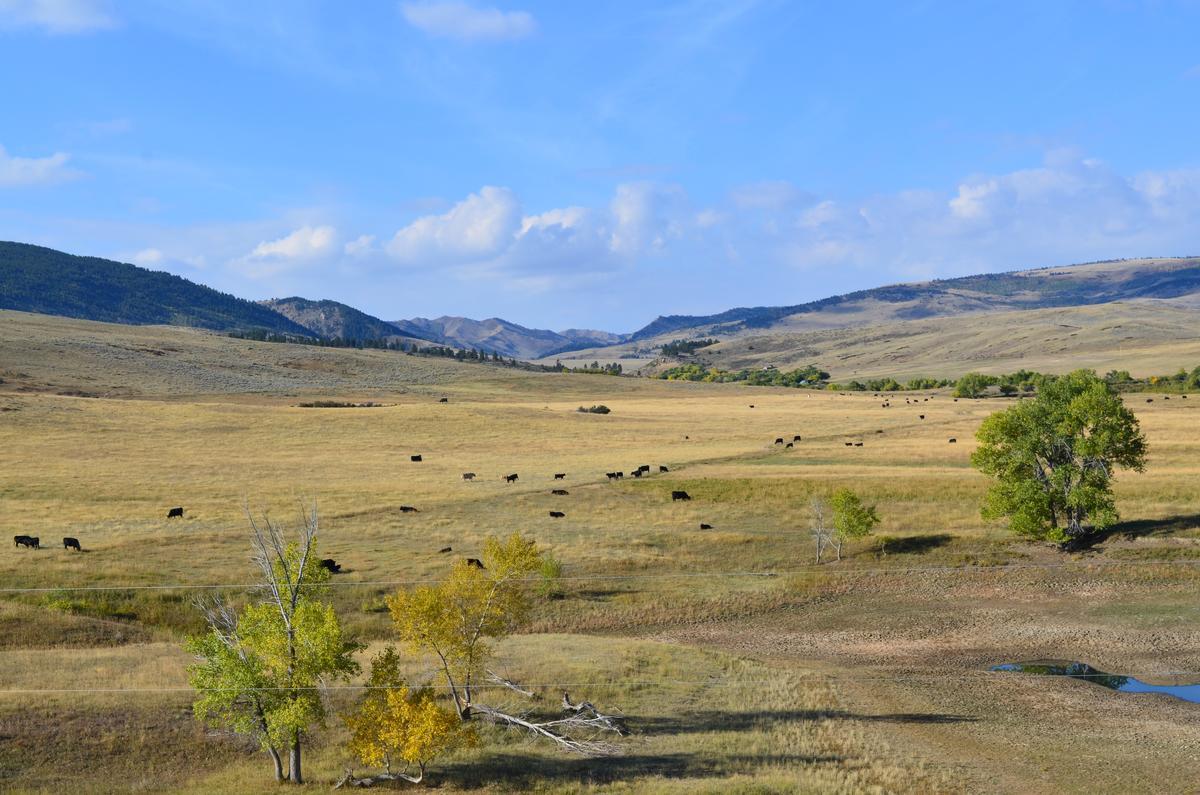
10. Casper
We left Cheyenne in the morning, heading northwest toward this town. The drive was about 3 hours, and as the miles passed, the land opened wide, rolling prairie, wind farms spinning on distant ridges, and a sky that seemed bigger with every turn. The Platte River eventually guided us into town, where modern buildings and rugged landscapes blended together.
My goal for Casper was to learn more about its pioneer history, spend time along the river, and end the day with a hearty Wyoming meal.
Casper felt practical and welcoming, with its roots still tied to the Oregon Trail. The air carried a mix of sage and river coolness, and the mountains in the distance stood as a quiet reminder that adventure was never far away.
I walked through the National Historic Trails Interpretive Center and thought, “The journey west wasn’t just miles, it was grit, hope, and survival.”
You can enjoy river walks along the Platte, visit the Interpretive Center, or take a short drive up to Casper Mountain for sweeping views of town and endless prairie beyond.
When I toured the National Historic Trails Interpretive Center (free admission), I felt transported back to the pioneer era. The wagon replicas and immersive exhibits made me imagine what it was like to cross this land on foot or by oxen. My son loved climbing into the covered wagon, a tangible connection to history.
- Location: Central Wyoming, along the North Platte River
- Location: Map & Directions
What I loved best:
FireRock Steakhouse - Their wood-fired ribeye arrived with a smoky crust and tender center, filling the room with the rich smell of hickory. It was a meal that matched the strength of the landscape outside.
The Cons: This town is quieter than Jackson or Cheyenne. Nightlife is limited, and some attractions close early. If you’re looking for constant activity, you may find it more of a “pause point” than a high-energy stop.

11. Thermopolis
We left Casper in the late morning and drove northwest toward this town. The trip took about 2.5 hours, the road carrying us past sagebrush plains, rocky buttes, and wide skies. As we got closer, the air shifted, faint whiffs of mineral warmth hinted at what this little town was known for.
My plan in Thermopolis was simple: soak in the famous hot springs, visit a bit of local history, and find a meal that felt like it belonged in a small western town.
- Location: North-central Wyoming, along the Big Horn River
- Location: Map & Directions
Thermopolis felt like a hidden pocket of relaxation tucked into Wyoming’s rugged landscape. The Big Horn River rushed nearby, and steam rose in the distance from the pools that drew travelers for generations.
I stepped into Hot Springs State Park and thought, “This is where the land feels alive beneath your feet.”
You can enjoy free soaks at the State Bath House, explore colorful terraces of mineral deposits, or take a short hike along the swinging bridge across the Bighorn River.
What I loved best:
When I soaked at Hot Springs State Park (free, 20-minute limit per visit), I felt the tension from the road slip away. The mineral water was hot but not overwhelming, and as steam rose around me, I looked up at the canyon walls glowing in the late afternoon sun. It was peaceful in a way that felt timeless.
Where To Eat: You can try One Eyed Buffalo Brewing Company. Their bison burger came juicy and smoky, served with fries that tasted freshly made. The setting was relaxed, with locals gathered around wooden tables talking about fishing and hiking.
The Cons: The town is small, so options for lodging and dining are limited. The mineral smell near the springs takes a little getting used to, and evenings are very quiet.
For me, Thermopolis is one of the best places to visit in Wyoming because it's scenic and the hot springs are so relaxing!
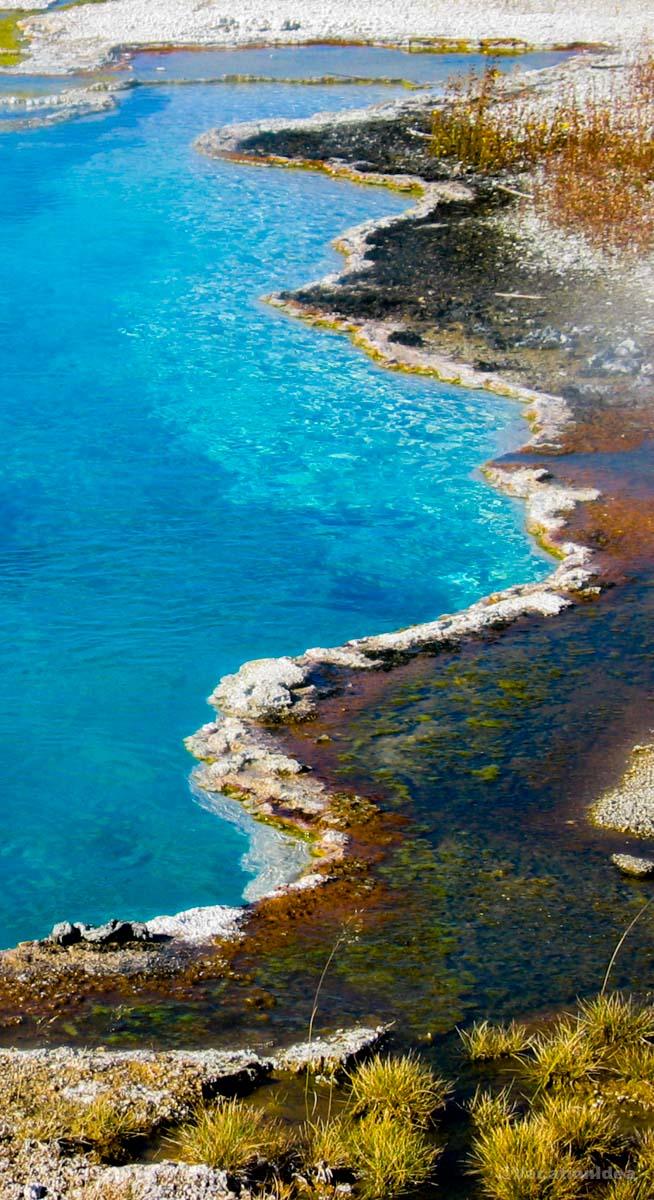
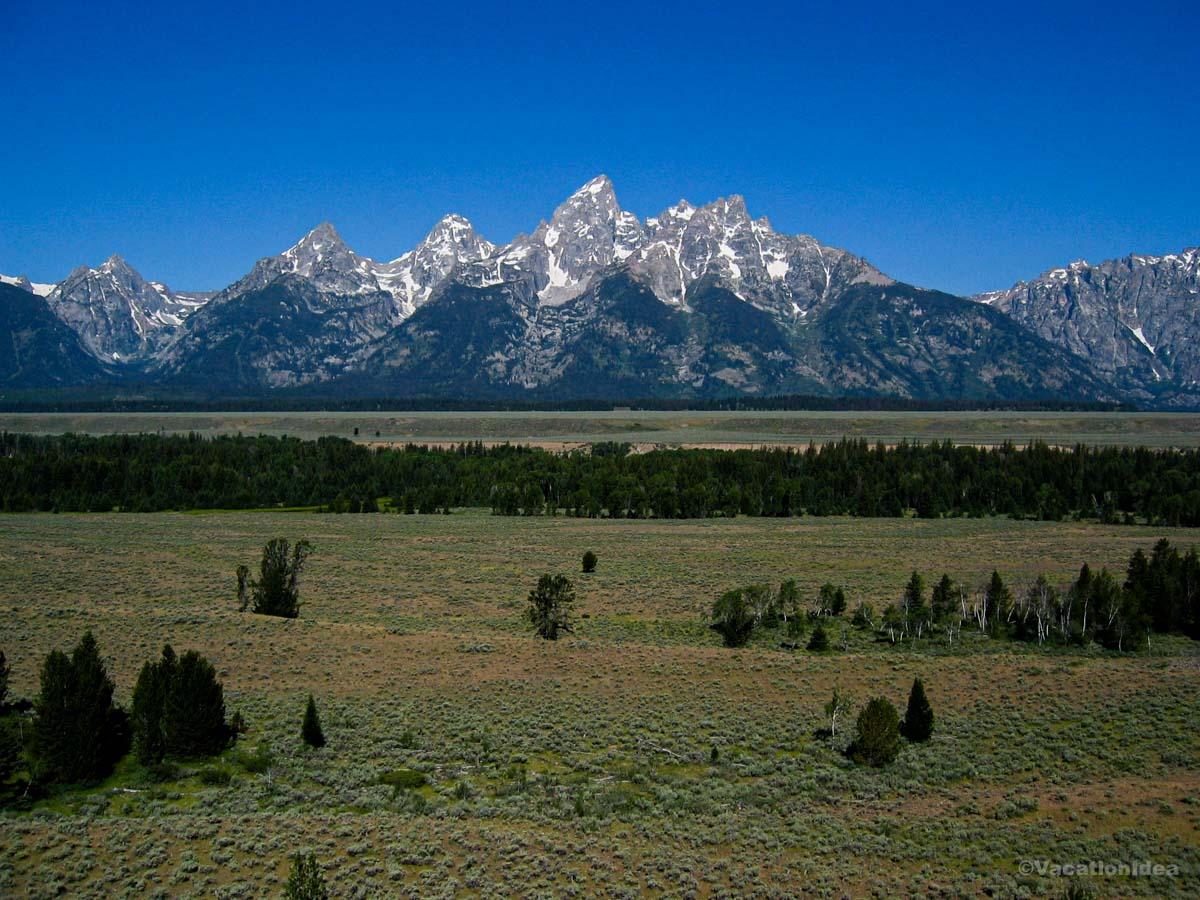
Booking Checklist
1. Book Your Flight - I use Expedia because I like their mobile app with my itinerary. They've helped me re-book flights on many occasions. Once you reach their Gold tier, support is especially good.
2. Book Your Hotel - I use Booking.com or Expedia, depending on my destination.
3. Book Your Rental Car - I use Expedia.
4. Book your tours on Viator or Get Your Guide.
5. If you are planning to visit more than three national parks in the next 12 months, buy the America the Beautiful Pass.
